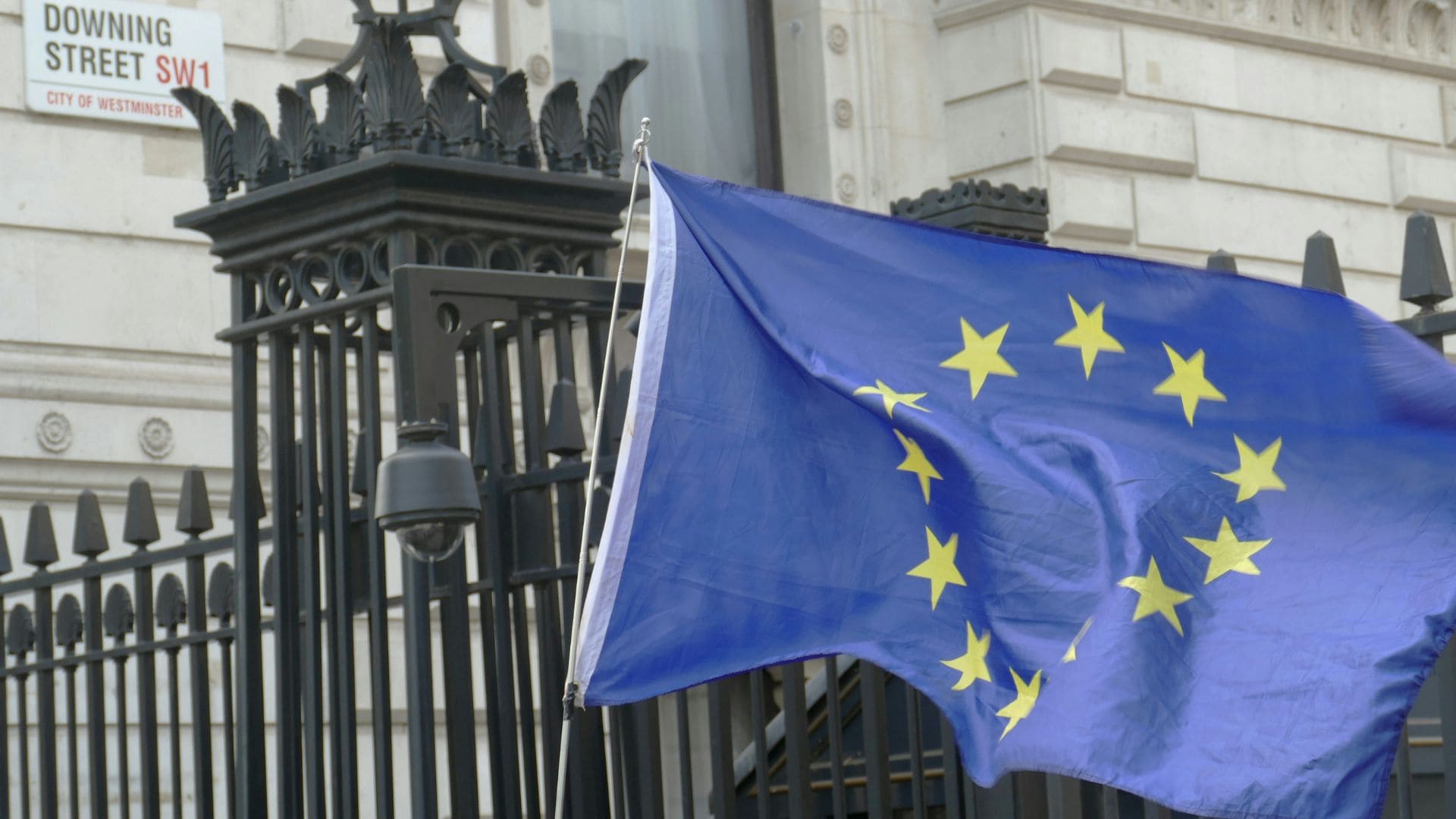Articles
T 0792/24: Novelty and Inventiveness of Second Medical Use Claims
October 2025
The EPO Board of Appeal’s decision in T 0792/24 provides helpful guidance on the assessment of novelty and inventive step for European second medical use claims.
In light of a disclosure of a general therapeutic effect (reduced neutropenia), the Board found that a specific therapeutic effect falling within that broader disclosure (reduced grade 3 or 4 neutropenia) was: (1) novel, since the claimed effect only amounted to a “probable” disclosure; but (2) not inventive, as the skilled person would have reasonably expected the specific effect to occur. The decision also confirms that the treatment of adverse effects arising from a known method of treatment can constitute a valid second medical use under Art. 54(5) EPC.
Decision
Docetaxel is a chemotherapy drug used to treat non-small cell lung cancer (NSCLC). However, a common adverse reaction with docetaxel is neutropenia: an abnormally low concentration of neutrophils (a type of white blood cell) in the blood. The severity of neutropenia is graded from 1 to 4, with 4 being the most severe.
EP 3076972 B1 (BeyondSpring, Inc.) granted with a claim to:
- Plinabulin for use in reducing the neutropenia rate of a grade 3 or 4 neutropenia in a subject being administered with 75 mg/m2 docetaxel, wherein the plinabulin is administered intravenously at about 20 mg/m2 to about 30 mg/m2 wherein the plinabulin is administered within 1 h and 24 h after administering the docetaxel.
Synthon BV opposed the patent on grounds of, inter alia, lack of novelty and inventive step. The opponent appealed the decision of the Opposition Division to reject the opposition.
In assessing novelty, the Board first considered whether the claimed neutropenia reduction constituted a medical use under Art. 54(5) EPC. They argued that the skilled person would understand the use in claim 1 as relating to the alleviation of neutropenia as a side effect of docetaxel treatment per se. They also considered the claimed use to be prophylactic in nature, which amounts to a method of treatment by therapy under Art. 53(c) EPC. The claim was therefore found to comply with Art. 54(5) EPC.
D5 disclosed the results of a Phase II clinical study in which docetaxel (75 mg/m²) was administered either as monotherapy or in combination with plinabulin (30 or 20 mg/m²). D5 reported that “the incidence of neutropenia appeared lower in the combination arm (4% vs. 27%)”.
In deciding whether this constituted a disclosure of a reduction specifically in the rate of grade 3 or 4 neutropenia, the Board disagreed with the appellant’s (opponent’s) position that the skilled person would understand a reduction to occur across all grades, i.e. including grades 3 and 4. The Board held that this amounted to a “probable disclosure” and not the direct and unambiguous disclosure that plinabulin reduces the neutropenia rate of, specifically, grade 3 and/or 4. The Board therefore considered the claim to be novel.
In their inventive step assessment, the Board found that although the patent specification and the post-published data (D16) demonstrated that plinabulin is effective in reducing the rate of neutropenia across all grades (1 to 4), these documents did not evidence a greater reduction in grades 3 and/or 4 compared to grades 1 and 2.
Accordingly, starting from D5 the Board formulated the objective technical problem as the provision of a further medical use of plinabulin in docetaxel-based cancer therapy.
The respondent (proprietor) argued that the skilled person would not reasonably expect plinabulin to reduce the incidence of neutropenia grades 3 or 4, specifically. The Board, however, disagreed and asserted:
“D5 establishes that the administration of 30 mg/m² plinabulin reduces docetaxel-induced neutropenia to a low level, which the skilled person would recognise as clinically advantageous… In view of the general disclosure of D5, the skilled person would anticipate that administering 30 mg/m² of plinabulin would effectively mitigate the decrease in neutrophil counts in a subject in general, i.e. also in subjects susceptible to have decreased neutrophil counts corresponding to neutropenia grade 3 or 4.”
The Board further noted that the appellant had not provided evidence showing that the effect of plinabulin in limiting the reduction of neutrophil counts would vary depending on the neutropenia grade. The skilled person would therefore expect that administering 30 mg/m² of plinabulin would be effective in reducing the rate of grade 3 or 4 neutropenia. The Board concluded that the main request, therefore, lacked an inventive step.
Claim 1 of auxiliary request 1 differed from the main request in that the plinabulin dose was limited to “about 20 mg/m²”. Data in the patent and D16 showed that this lower dose reduced grade 3/4 neutropenia at least as effectively as 30 mg/m². The Board contended that the skilled person would not have expected 20 mg/m² to be as effective as 30 mg/m² in reducing severe neutropenia and thus, claim 1 of auxiliary request 1 was found to be inventive.
Discussion and Practice Points
T 0792/24 demonstrates that:
i) The treatment (e.g. prophylaxis) of adverse effects arising from an already known method of treatment can constitute a second medical use under Art. 54(5) EPC.
ii) A “probable disclosure” is not novelty destroying. In the present case, although it may have been probable that the general disclosure of neutropenia reduction in D5 included a reduction in the rate of grade 3 or 4 neutropenia, this did not meet the EPO’s gold standard for assessing novelty, i.e. a direct and unambiguous disclosure. This is consistent with established case law on prior art interpretation (Case Law of the Boards of Appeal, 11th Edition, 2025, I.C.4.1, 4th paragraph).
iii) A probable disclosure may, however, render the claimed medical use obvious, particularly in the absence of evidence showing that the specifically claimed therapeutic effect is in some way special or superior compared to other therapeutic effects encompassed by the general prior disclosure.
iv) Comparative data between therapeutic subsets falling within a broader disclosure may, therefore, help to establish an inventive step.
v) Data showing that a lower dose is at least as therapeutically effective as a previously disclosed higher dose may indicate an unexpected effect and support inventiveness. This data may be post-filed.
For any questions relating to the above, please contact the author, Harry Gregson, at hgregson@hgf.com.
This article was prepared by Senior Patent Attorney Harry Gregson.





























